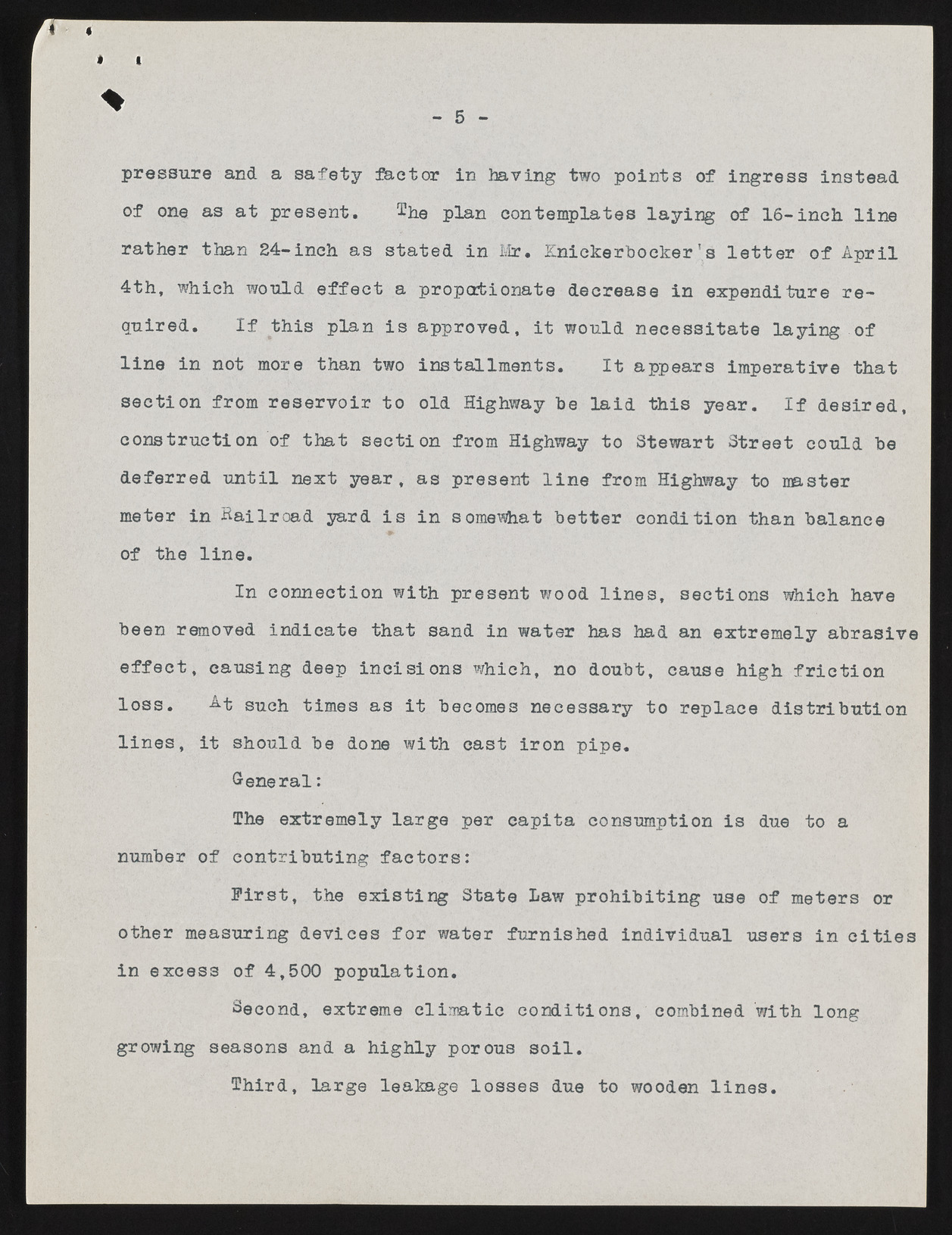Copyright & Fair-use Agreement
UNLV Special Collections provides copies of materials to facilitate private study, scholarship, or research. Material not in the public domain may be used according to fair use of copyrighted materials as defined by copyright law. Please cite us.
Please note that UNLV may not own the copyright to these materials and cannot provide permission to publish or distribute materials when UNLV is not the copyright holder. The user is solely responsible for determining the copyright status of materials and obtaining permission to use material from the copyright holder and for determining whether any permissions relating to any other rights are necessary for the intended use, and for obtaining all required permissions beyond that allowed by fair use.
Read more about our reproduction and use policy.
I agree.Information
Digital ID
Permalink
Details
More Info
Rights
Digital Provenance
Publisher
Transcription
« * I pressure and a safety fhetor in having two points of ingress instead of one as at present. ^he plan contemplates laying of 16-inch, line rather than 24-inch as stated in Mr. Knickerbocker's le tte r of A pril 4th, which would effect a proportionate decrease in expenditure required. I f this plan is approved, it would necessitate laying of lin e in not more than two installments. It appears imperative that section from reservoir to old Highway be la id this year. I f desired, construction of that section from Highway to Stewart Street could be deferred un til next year, as present lin e from Highway to naster meter in Railroad yard i s in somewhat better condition than balance of the lin e. In connection with present wood lin es, sections which have been removed indicate that sand in water has had an extremely abrasive e ffe c t, causing deep incisions which, no doubt, cause high fric tio n lo s s . At such times as it becomes necessary to replace distribution lin e s, it should be done with cast iron pipe. General: The extremely large per capita consumption is due to a number of contributing factors: F irst, the existing State Law prohibiting use of meters or other measuring devices fo r water furnished individual users in c itie s in excess of 4,500 population. Second, extreme climatic conditions, combined with long growing seasons and a highly porous s o il. Third, large leakage losses due to wooden lin e s.

